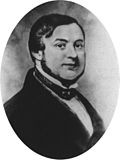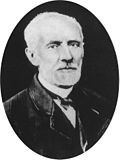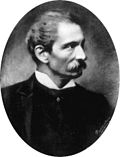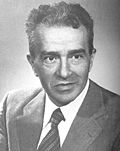| President of the Chamber of Deputies | |
|---|---|
| Presidente della Camera dei deputati | |
| Style | President |
| Seat | Palazzo Montecitorio |
| Appointer | Chamber of Deputies |
| Term length | Length of the legislature |
| Inaugural holder | Urbano Rattazzi |
| Formation | 17 March 1861 |
| Website | www.camera.it |
This is a list of the presidents of the Chamber of Deputies of Italy from the Kingdom of Sardinia to present. The president is the presiding officer of the Chamber of Deputies and also serves as presiding officer of joint sessions of the Italian Parliament, when the Chamber of Deputies and the Senate vote together.
Contents
- Kingdom of Sardinia (1848–1860)
- Kingdom of Italy (1861–1946)
- Italian Republic (1946–present)
- Timeline
- Kingdom of Italy (1861–1946) 2
- Italian Republic (1946–present) 2
- See also
The president is the speaker of the lower house of the Italian Parliament, the Chamber of Deputies. It is the third highest-ranking office of the Republic of Italy, after the president of the republic and the president of the Senate. Since 14 October 2022, the role has been held by Lorenzo Fontana, who was elected on the fourth vote with an absolute majority of the voting members.

















































